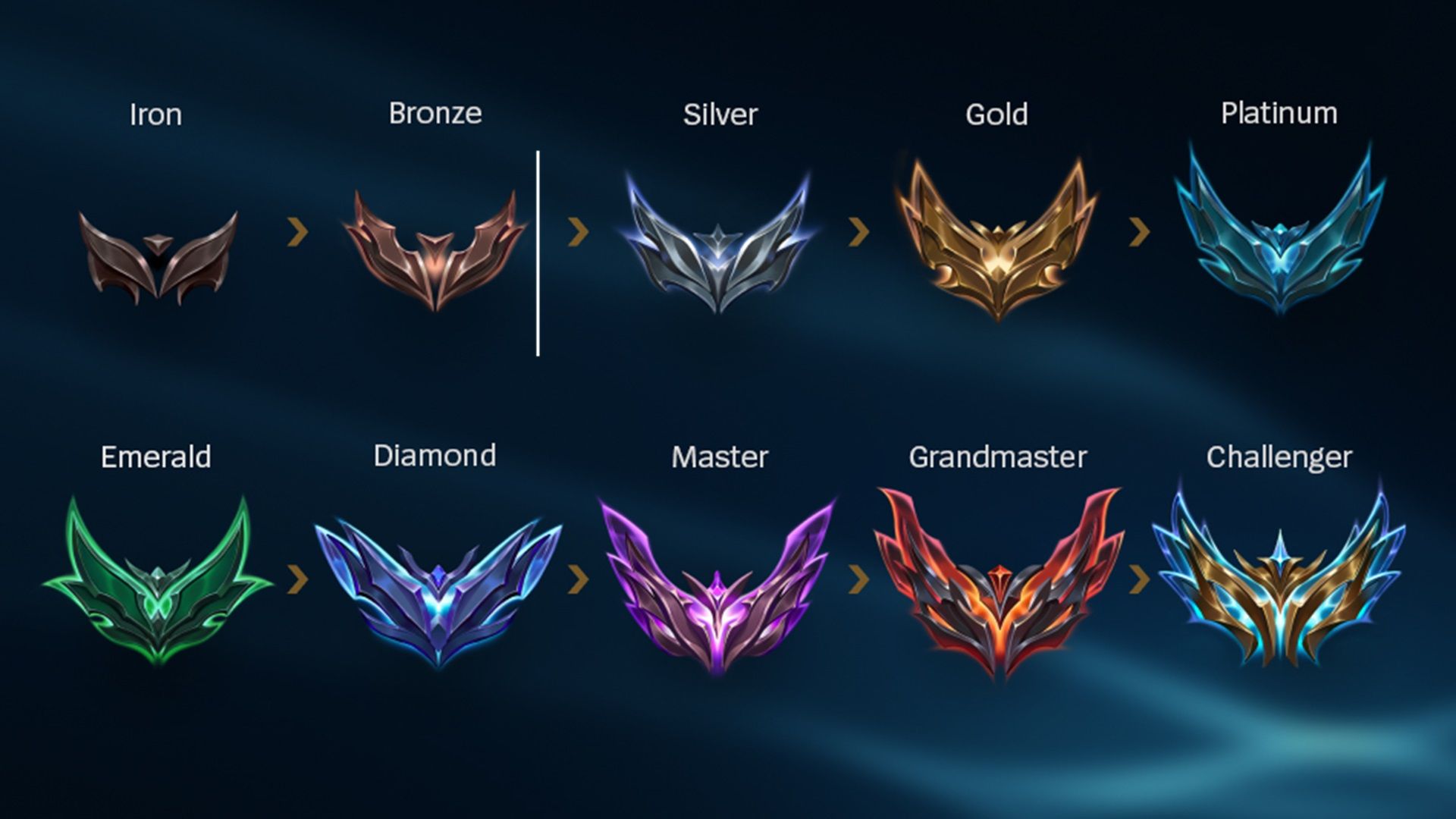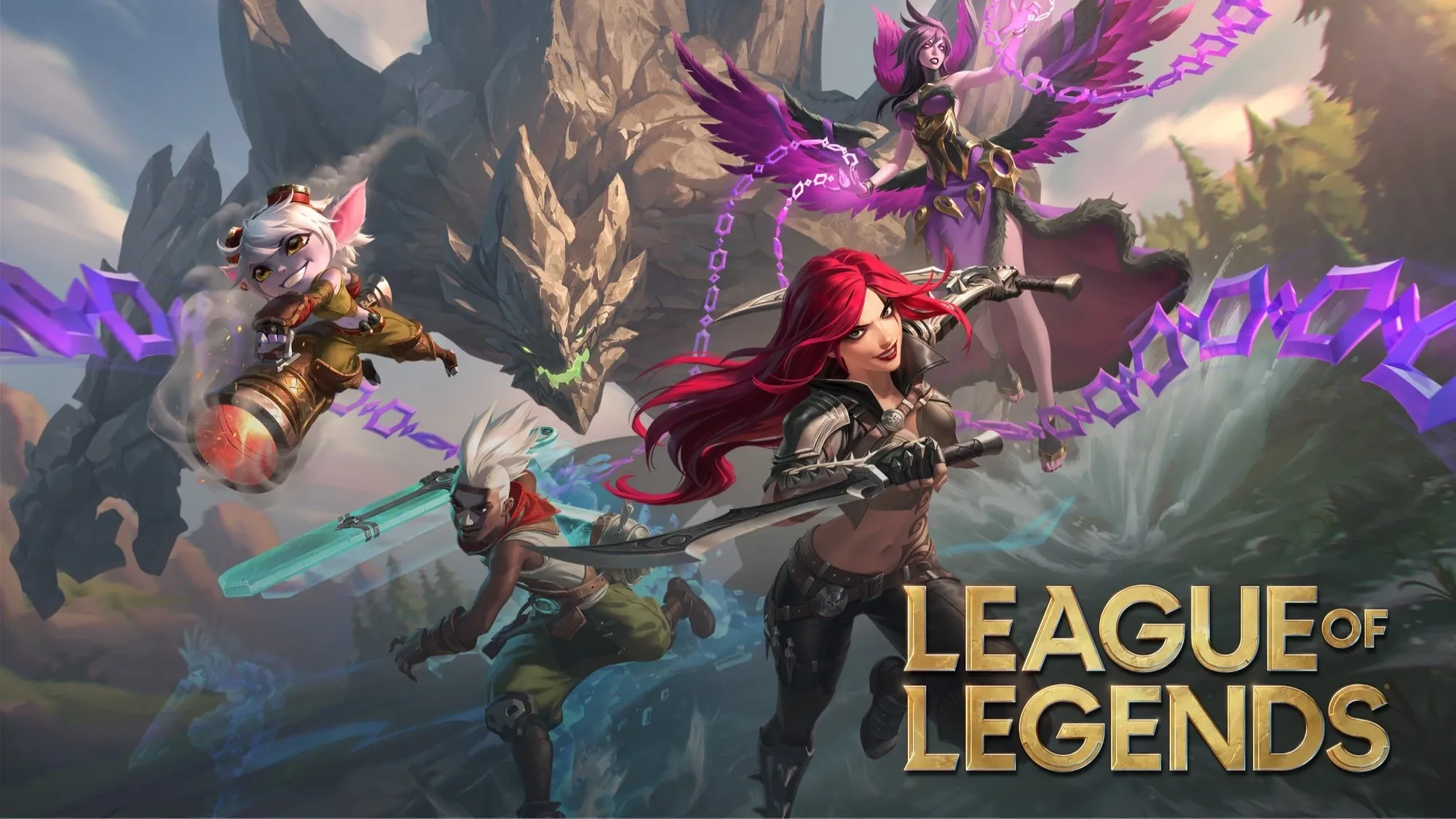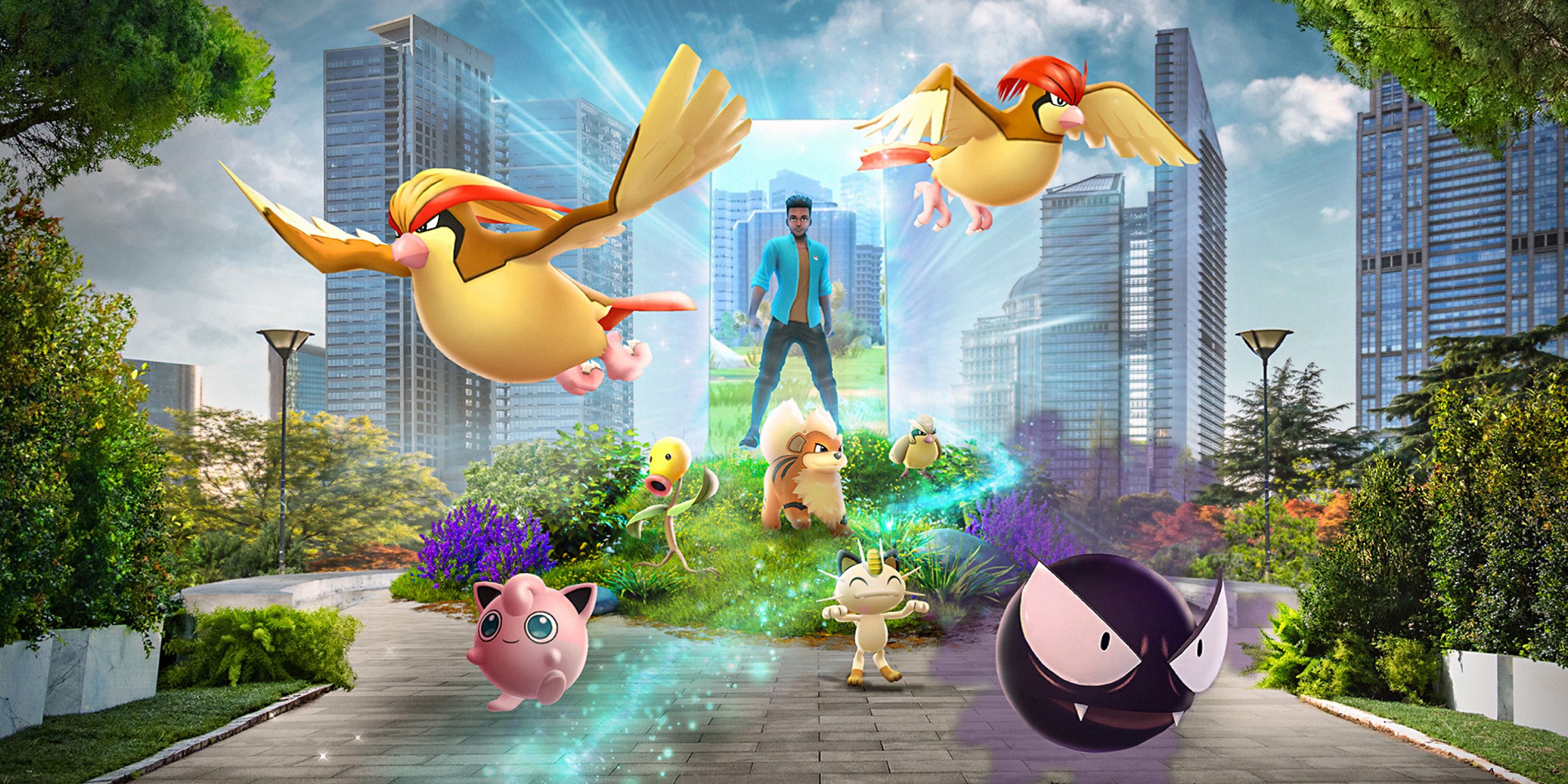


Learn about the League of Legends ranking system and the different ranks in the game. Discover how to climb the ladder and understand the importance of each rank in your journey to becoming a League of Legends champion.
When it comes to testing your MOBA skills in League of Legends, there's no better way than diving into the ranked play arena. In this article, we'll explore the League of Legends ranking system and delve into the different ranks that players can achieve. Whether you're a beginner or a seasoned player, understanding the ranks and how to climb the ladder is crucial to your success in the game.
League of Legends ranks are a way for the game to categorize players based on their skill levels. While you can enjoy casual games in normals or ARAMs, ranked play is where the true challenge lies. Each player is assigned a specific rank that represents their skill level in the game. From Bronze to Challenger, these ranks determine who you'll be matched against in ranked matches.

LoL ranks are divided into ten different tiers, starting from Iron and progressing all the way up to Challenger. Each tier, except for Master, Grandmaster, and Challenger, is further divided into four divisions. For example, if you're in the Platinum tier, you'll need to progress through Platinum IV, III, II, and I before reaching the next tier.
To increase your rank in League of Legends, you'll need to win ranked matches. Each win awards you League Points (LP), and when you reach 100 LP in your current division, you'll move up to the next rank. On the other hand, losing matches will cause you to lose LP, and if you fall below 0 LP, you may be demoted to a lower division.
Let's take a closer look at the different ranks in League of Legends:
- Iron: The starting point for new players, where you'll need to prove your skills to climb higher.
- Bronze: A step up from Iron, where you'll face tougher opponents as you strive for improvement.
- Silver: The next tier on the ladder, where your skills will be tested against more experienced players.
- Gold: A significant milestone, indicating that you've reached a respectable skill level in the game.
- Platinum: A higher tier where you'll encounter skilled players and more challenging gameplay.
- Emerald: The newly introduced rank that sits between Platinum and Diamond, offering a mid-tier experience.
- Diamond: An elite rank that showcases exceptional skill and dedication to the game.
- Master: Reserved for the top players who have proven themselves among the best of the best.
- Grandmaster: An even more exclusive rank, highlighting the elite few who dominate the game.
- Challenger: The highest rank in League of Legends, reserved for the absolute best players in the world.

The distribution of players across the different ranks in League of Legends has evolved over time. Previously, the player base was heavily concentrated in the lower ranks. However, with the introduction of the Emerald rank, the majority of players now sit in the middle tiers. Here's a breakdown of the current LoL rank distribution:
Iron: 8.1%
Bronze: 18%
Silver: 17%
Gold: 19%
Platinum: 18%
Emerald: 13%
Diamond: 4%
Master: 0.64%
Grandmaster: 0.051%
Challenger: 0.021%
To participate in ranked matches, players need to meet certain criteria. You must have a player level of 30 or above and own at least 20 different champions. This ensures that you have enough experience and a diverse pool of champions to compete in the more competitive ranked environment. Once you meet these requirements, you'll need to play five placement matches to determine your starting rank.
MMR, or Matchmaking Ranking, is the hidden factor that determines your actual skill level in League of Legends. It influences the LP you gain or lose from each ranked game. If you consistently gain more LP than you lose, it suggests that your MMR is higher than your current rank, and the game is trying to push you towards a higher rank. While you can't directly see your MMR, it's an essential aspect to consider when climbing the ranks.

For players in the higher ranks like Diamond and above, rank decay becomes a factor. Rank decay is a system implemented in League of Legends to ensure that players who have achieved top ranks continue to actively play the game. If a player in Diamond, Master, Grandmaster, or Challenger doesn't play ranked matches for an extended period, their LP will start to decay.
The decay rate depends on the rank. In Diamond, players will lose 50 LP every 28 days of inactivity. In Master, Grandmaster, and Challenger, the decay is more severe, with players losing 250 LP every 10 days of inactivity. This encourages high-ranked players to remain active and prevents the top ranks from being dominated by inactive players.
To avoid rank decay, players need to play ranked matches regularly. By participating in at least one ranked match every 28 days for Diamond and one every 10 days for Master, Grandmaster, and Challenger, players can maintain their current rank and LP. However, if they fail to do so, their LP will decrease, potentially leading to demotion to a lower rank.
In addition to rank decay, promotions and demotions play a significant role in the League of Legends ranking system. When a player reaches 100 LP in their current division, they enter a promotion series. The promotion series requires the player to win a specific number of matches out of a set of games. If they succeed, they will be promoted to the next division or tier.
On the other hand, if a player continuously loses matches and their LP drops to 0, they face the risk of demotion. Demotion occurs when a player loses enough matches to drop below the LP threshold for their current division. If they fall below the threshold, they will be demoted to the lower division.
Promotions and demotions add an extra layer of excitement and challenge to the ranking system. They create opportunities for players to prove themselves and climb higher or provide a chance for redemption after a string of losses.
In summary, the League of Legends ranking system is a complex and dynamic feature that categorizes players based on their skill levels. Understanding the different ranks, the process of climbing the ladder, and the factors that can affect your rank is crucial for players aiming to improve and reach higher levels of gameplay.

Looking for a trusted platform to buy, sell, and trade your League of Legends accounts? Look no further than PlaySwap. We offer a secure and reliable marketplace where you can find the perfect account for your gaming needs. Join us today and experience hassle-free account transactions!

























